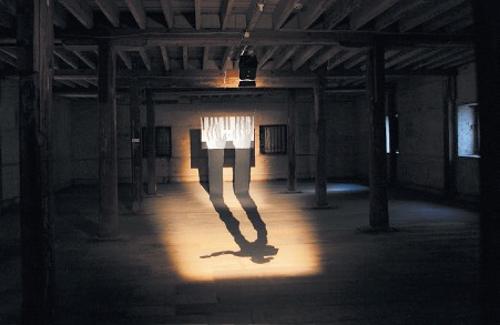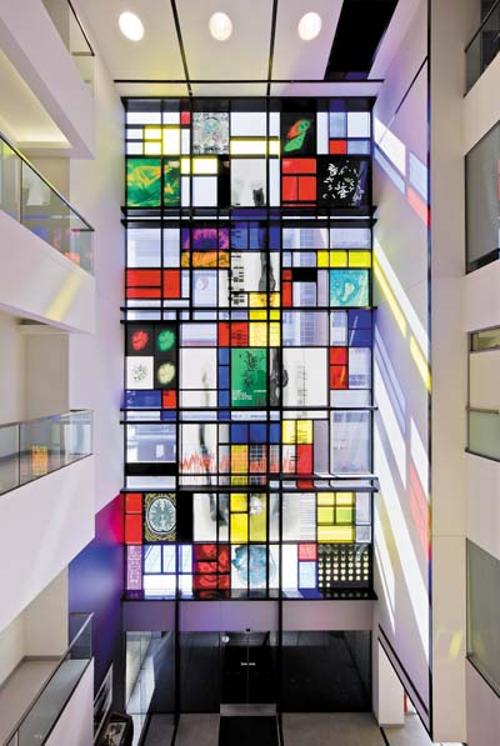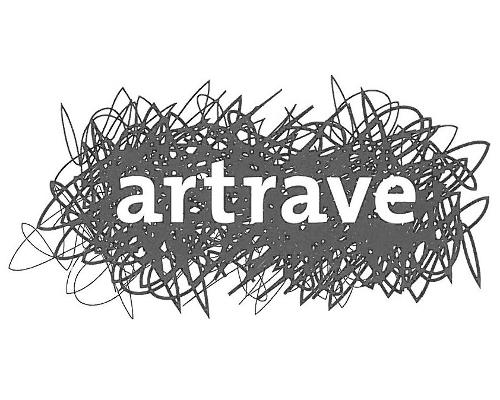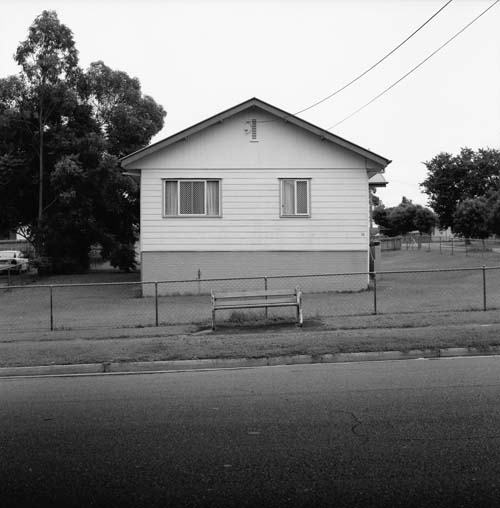
Australian Vietnamese-Chinese artist Dacchi Dang's latest exhibition 'Full circle', attempts to grasp the enigmatic concept of home, seeking a resolution between the global and local in the diasporic condition of globalisation. As Australians are increasingly assailed with overwrought media reports of an influx of asylum seekers to our shores, our international relations are being investigated and analysed more than ever. It appears the unavoidable effect of globalisation - migration - has impinged upon our national sense of isolation. Public space has become a negotiation of cultural translation: not local, not foreign but an incredible integration of the two, resulting in something like the 'third space’ described by Homi Bhabha.
Dacchi Dang set out on an unlikely journey this year, walking from his studio in Metro Arts in inner city Brisbane to the outer suburb of Inala, the home of a large Vietnamese-Australian community. Using a pinhole camera, Dang documented his journey of finding a home within this culturally diverse suburb. The effect of the pinhole camera gives each image a slightly blurred, dreamlike quality. This unconventional technique limits the control of the artist to predict the outcome of each image. This relinquished control acts as a metaphor for the experience of migration that the expectation of a destination does not always meet with its reality. There is always an interstitial space between the present and the future in which expectation, whether memory or imagination, may be crushed or realised.
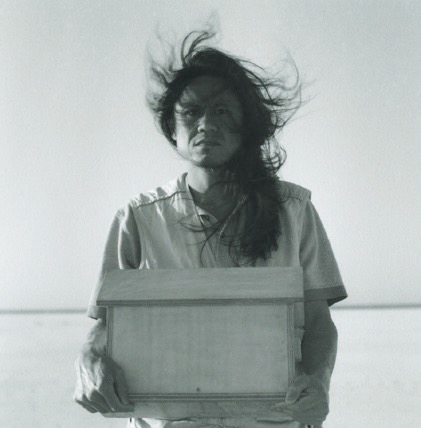
Throughout his journey, Dang photographed visual signifiers which point to a sense of familiarity such as language, community and architecture. These black and white capricious images are displayed across one side of the gallery space in 'Full circle'. The image 'City Square' pictures a scene from Inala in which a group of Vietnamese men are gathered around a table playing Chinese checkers. The men are surrounded by bilingual signage and businesses specialising in Vietnamese products. It is within this communal public space that culture is manifested through acceptance, interaction and language. Conversely, 'Lobelia road' pictures an unadorned suburban plywood house. Its outer surface does not reveal any sign of cultural differentiation however Dang believes that these plain exteriors often signify a desire to create a sense of belonging. It is this curious blending of ideologies, whether to conform or to maintain cultural practice, which are manifested in spatial multiplicity. Dang’s previous exhibition 'Upstairs/Downstairs' also explored the concept of cultural binaries. During the performance piece, a photographic montage of photographs of Vietnamese street scenes slowly burned until it was a mixture of wax and ash. This by-product was perhaps symbolic of a migrant’s fragmented identity, like the men in 'City Square', which exists somewhere between the centre and the periphery.
A second wall in the gallery space is lined with postcard-sized photographs of Vietnamese streetscapes and curios mingled with images taken in Australia. They are positioned low on the gallery wall and span its length. The series appears to emulate a landscape seen from a distance and it is necessary to crouch low to see each image. This curatorial quirk is an allegory for exploration and post-colonialism: to say that distinguishing features of trans-cultures are not palpable but subtle and therefore cannot be easily classified within the broad landscape of encyclopaedic knowledge.
The final phase of the exhibition lines the middle walls of the gallery. It is a series of six large photographs alternating between a destitute-looking model timber house and emotionally affective images of the artist. The images project a sense of melancholy, they are not resolved or conclusive, rather they are interstitial and contingent. The images of the plywood model home imply fragility and transience. It hovers alongside a choppy, sombre shoreline, somewhere between arrival and departure. Alongside each of the images are photographs of the artist, clutching the same model house. The artist’s expression changes from defensive to solemn to hopeful, signifying the complex emotional relationship that we share with our sense of home.
'Full circle' traces the artist’s search for a sense of home within a global, transient space. Unlike other exhibitions and discourses of this genre which predict the future of cultures in a globalised world, Dang leaves us with the knowledge that cultural globalism is an indelible part of everyone’s 'contemporary' cultural condition.



